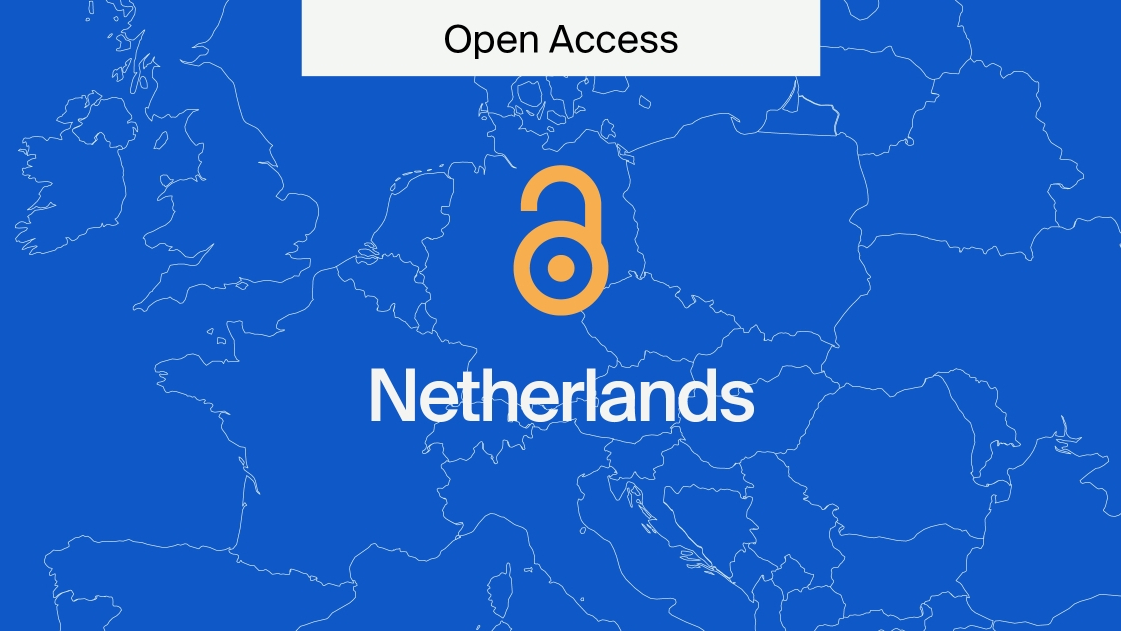
How Artificial Intelligence is Accelerating Open Access Science
Artificial intelligence (AI) has become widely popular since ChatGPT entered the mainstream, causing a mixture of excitement and concern. AI is shaking up entire industries, including scientific publishing, which itself has undergone a massive shift towards Open Access publishing.
Here, we explore how the rapid growth in Open Access publishing intersects with the rise of AI, factoring in concerns about AI usage.
Acceleration
In another MDPI Blog article, we discussed how the idea of “acceleration”, which was key to early discussions of the Internet, was used by early Open Access supporters.
The early OA advocators described the Internet as being capable of rapidly producing change and results, whilst academia was rooted in centuries-old tradition. From this, Open Access would remain in touch with traditional knowledge production but using revolutionary technology.
Open Access embraces the new without severing from the old, and it also accelerates the old using the new. Ultimately, heightening the growing inclusivity that the Internet and new technologies has enabled by increasing accessibility and visibility.
Open Access can lead the way
Artificial intelligence, like any new technology, presents both a threat and an opportunity. It requires reflection, adjustment, and adaptation.
If implemented carefully and thoughtfully, AI could help us respond to some of the issues that the Open Access scientific publishing industry currently faces. These include the increasing amounts of data being produced and also language barriers and imbalances in outputs between countries. Further, AI could help to promote openness in datasets and content aggregators.
It can also be implemented to help boost the potential of interdisciplinary research by bridging skill gaps and automating tasks.
Coping with the volume of data
Currently, the number of scholarly articles being published, and the amount of data that goes along with it, surpasses what anyone can read or effectively manage. This affects readers, writers, and publishers alike. Valuable work can get lost in all the volume.
That’s why search engines, content aggregators, and databases are so valuable. They help people find what they need via search queries. AI can take this a step further by improving search functions and presenting the results with analysis.
Implementing artificial intelligence in scientific publishing
AI implementation can begin with identifying problem areas. This can include tasks that are time-consuming, ones with lots of data, and repetitive administrative tasks. After identifying them, there must be ways to measure these tasks using data, because data is fuel for AI, improving its accuracy and ability.
Here are some examples of how AI could automate certain data-related aspects of the publishing process:
- Keyword searching for suggesting relevant journals and search engine optimization.
- Analysis of datasets to generate insights and identify new research areas.
- Processing data for content aggregation in databases.
- Summarise articles as an enhanced feature alongside the abstract.
- Obtaining advanced insights from citations.
- Checking for and removing duplicate articles in databases.
- Correctly labelling and organizing articles.
How well the AI you are implementing performs depends on the quality of the data you train it with. Implementing AI requires preparation and organization, but if done so effectively, it can produce results quicker.
Language barriers in publishing
Open Access can help us to establish a global scientific knowledge base, but there are many barriers for non-native English speakers.
Around three-quarters of scientific papers are published in English, but English speakers only make up 5% of the global population. This means that most academics read and write papers in a second language, making contextually accurate translating tools highly valuable to speed up this process.
AI as a translator
Nowadays, many translators incorporate elements of AI. Google Translate has AI-powered features that enable it to learn and adapt more as it’s used. AI models like ChatGPT can make the experience of translating interactive by using Natural Language Processing (NLP).
NLP applies computational techniques to analyse human language and produce human-like responses. ‘GPT’ stands for ‘Generative Pre-trained Transformer’. ‘Pre-trained’ refers to how the model is trained on a large corpus of text data to predict the next word in a passage.
Having been trained on so much natural text means that GPTs can provide contextual awareness to translations. Moreover, their conversational format means researchers can ask for clarity, synonyms, or alternative translations to words and phrases. Thus, this can make the translation more like a conversation.
GPT is not fully reliable
GPT training involves analysing a huge body of text and noticing patterns so it can predict the next word in a passage. This results in human-like text, meaning it sounds like it’s written by a human but may not necessarily be by one. Similarly, it may sound like it is conveying meaning, but the argument or claim being made may be without evidence or structure.
AI is changing Open Access by helping to lower the barriers to non-native English speakers. It must be used intentionally and carefully in response to problems, keeping in mind how it works and what issues this may cause down the line.
Highlighting the case for openness
One of the biggest obstacles to Open Access is a lack of awareness or misunderstandings about its aims. Artificial intelligence could help with this. AI needs to access data to work. It often interacts with Open Access scientific data, and AI is frequently being developed with Open Access principles in mind.
During the COVID-19 pandemic, AI and Open Access converged in the COVID-19 Open Research Dataset (CORD-19). This highlighted the potential of Open Access in dealing with crises.
CORD-19
Backed by the USA government and several institutions, CORD-19 applied recent advances in NLP and machine learning to biomedical research to provide almost complete coverage on COVID-19, coronaviruses, public health, and more.
It applied text mining and information retrieval to a rich collection of data and structured full-text papers, mobilizing scientists by providing them with quick and up-to-date access to research.
CORD-19 was designed for the biomedical community. However, it demonstrates the general potential of bridging computing and scientific communities around a common cause. Its success shows that if the scientific literature were widely available for AI analysis, it could potentially speed up advancements and help to fight crises like the COVID-19 pandemic.
Artificial intelligence is advancing open science
Artificial intelligence is changing Open Access; it’s changing everything. Ultimately, though, it’s a tool, so how it’s used determines its value.
If used carefully, AI could help advance Open Access by automating repetitive data-related tasks, making the translation process more interactive, and promoting openness in datasets and content aggregators.
However, attention must be paid to its flaws and potential for misuse.
Click here for our article, All You Need to Know About Open Access, which covers a range of topics that can help boost your understanding and also keep you up to date.










